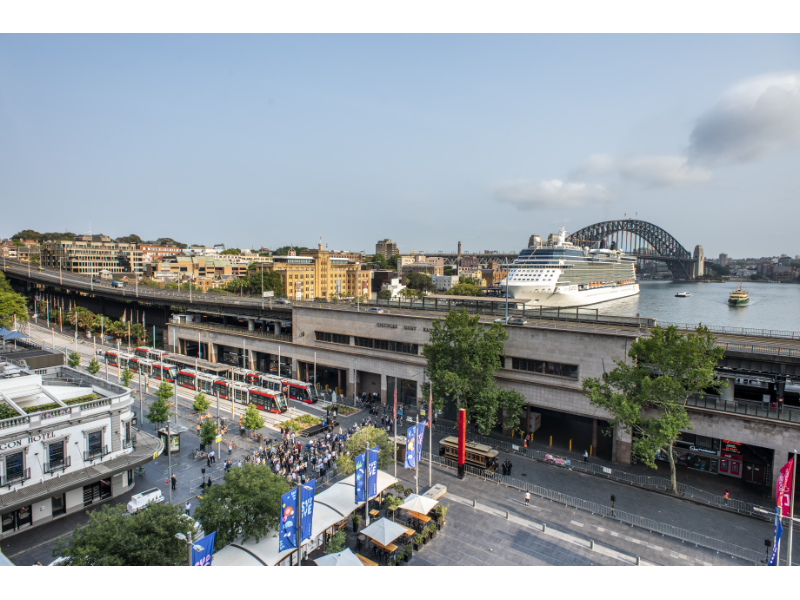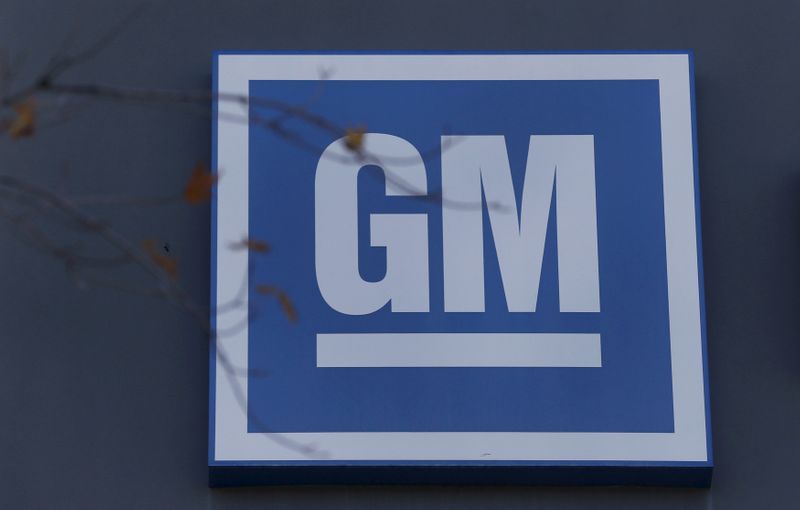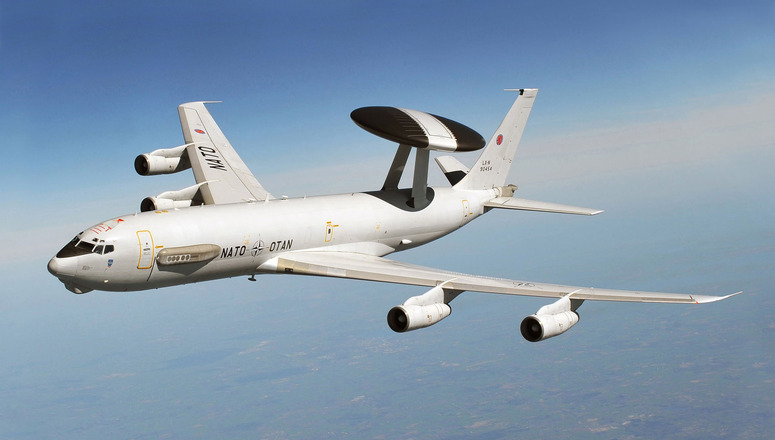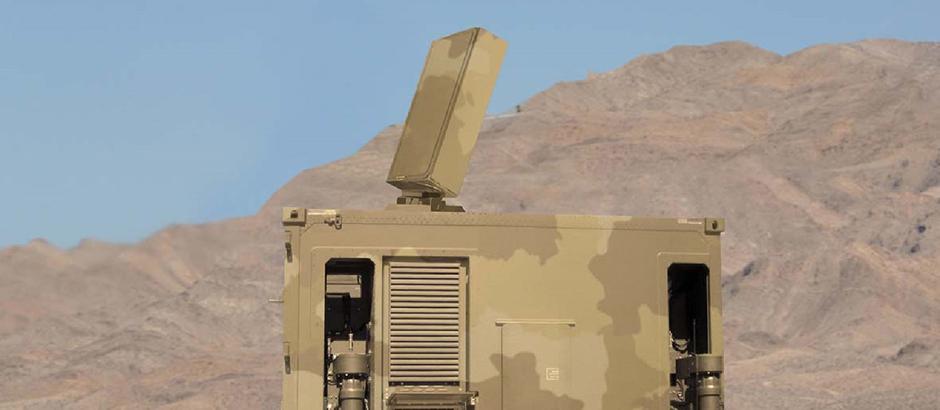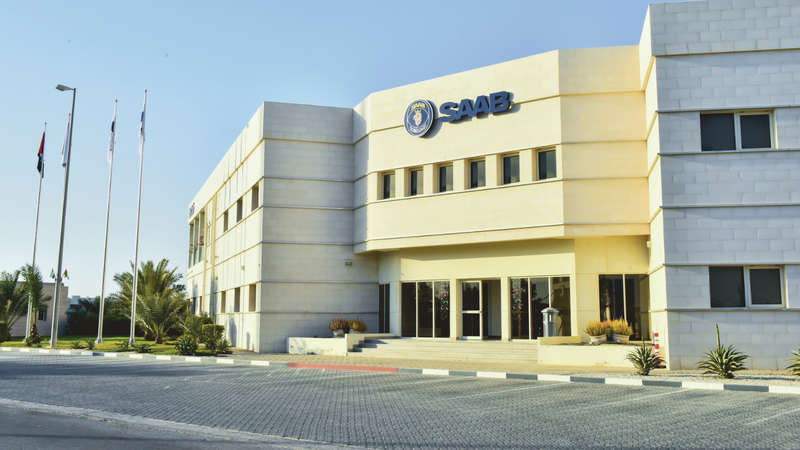- Light Rail returns to the heart of Sydney

Alstom congratulates Transport for New South Wales (TfNSW), on the opening of the CBD and South East Light Rail project and the start of revenue service, returning Light Rail back down Sydney’s George St for the first time in more than 60 years.
Alstom, as part of the ALTRAC Light Rail consortium[1], has been responsible for the integrated light rail system that included the design, delivery and commissioning of 60 Citadis X05 Light Rail Vehicles (LRV), power supply equipment including APS – the wire-free ground-based power supply (over two kilometres), the energy recovery substations – HESOP, signalling, communications, depot equipment and 19 years of maintenance.
The new 12km network has been delivered under a turnkey PPP model that will provide the commuters of Sydney with frequent, reliable, high capacity services running from Circular Quay in the city’s CBD to Central Station, then south east to Randwick. Each LRV has a capacity of 450 passengers – the equivalent of nine standard buses and will move up to 13,500 commuters per hour (6,750 in each direction) during peak times once fully operational. Normal tram services will operate seven days a week between 5am and 1am.
As part of the contract, the consortium has also taken over the operations and maintenance of the existing Inner West Light rail (IWLR) that connects Sydney’s inner west with the Pyrmont peninsula, Darling Harbour and the southern CBD. Alstom is also responsible for the maintenance of the existing system which includes 12 CAF Light Rail Vehicles.
“Alstom is extremely proud to be a part of this iconic project” said Mark Coxon, Managing Director for Alstom in Australia & New Zealand, “This new Light Rail system will transform Sydney and provide a step change in the city’s public transport capability and reliability while protecting the aesthetic appeal of the CBD and improving sustainability of the overall transport network”
[1] Made up of Alstom, Transdev, Acciona and Capella
